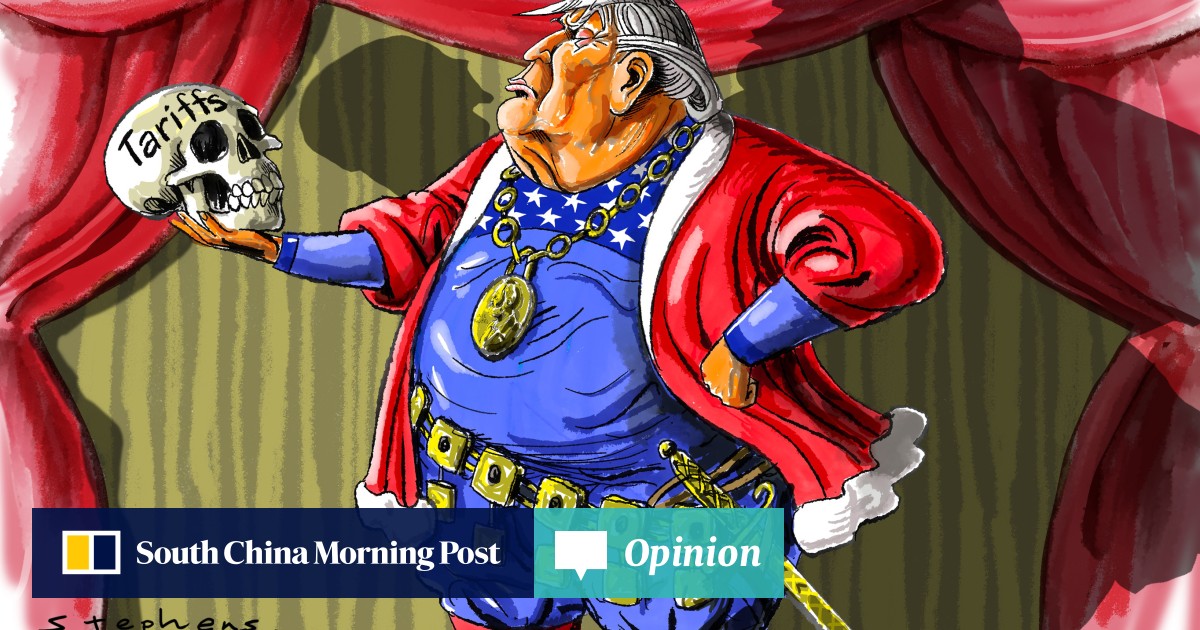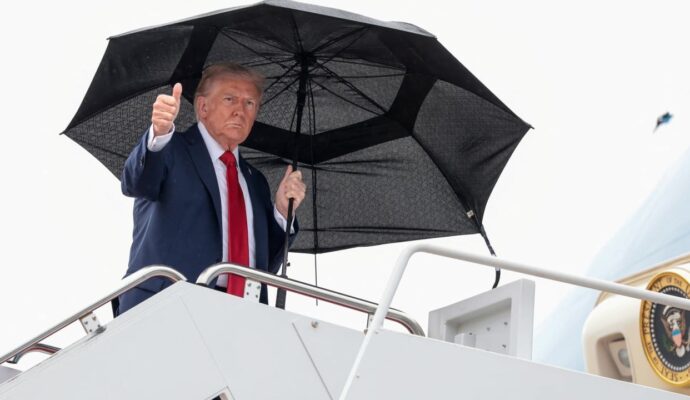
Markets that seemed initially unconcerned about US-China trade tensions reacted sharply last Friday to US President Donald Trump’s decision to impose an extra 100 per cent tariffs on Chinese imports. Wall Street, driven by AI-focused tech companies, lost around US$2 trillion in value. This increase in dependence on China’s supply chain suggests that any further escalation could trigger a market bubble burst.
Advertisement
Mixed messaging from Trump to try to keep China off balance isn’t helping to ease tensions, either. Last month, Trump said he had held a “very productive” phone call with President Xi Jinping, only to say last week that he had “no reason” to meet the Chinese leader on the sidelines of the Apec summit. Trump has since clarified that the meeting has not been officially cancelled.
The main goal is to pressure China into making concessions on issues such as the trade imbalance, intellectual property and tech transfers. The Trump administration hopes to weaken Beijing’s negotiating position while also signalling toughness through threats of extreme tariffs to alter China’s behaviour.
Additionally, these actions serve to shape the negotiating agenda, rally domestic and international support, test China’s patience, signal to allies and leverage control over critical supply chains such as rare earths. Each part of this strategy aims to influence China’s responses and strengthen the US bargaining position.
Trump appears to have sided with Washington hawks who have called for the United States to reduce its reliance on Chinese critical minerals and supply chains. Washington is trying to use the art of the deal and extract the best possible outcome, but Trump lacks the leverage he thinks he has.
Advertisement
The mindset driving this behaviour is not exclusive to Trump but, rather, is seen across the West: threaten and impose sanctions with the expectation that the target country will comply. During Trump’s earlier trade war, escalation came through reciprocal tariff increases; now, the scope has expanded to include commercial restrictions.


